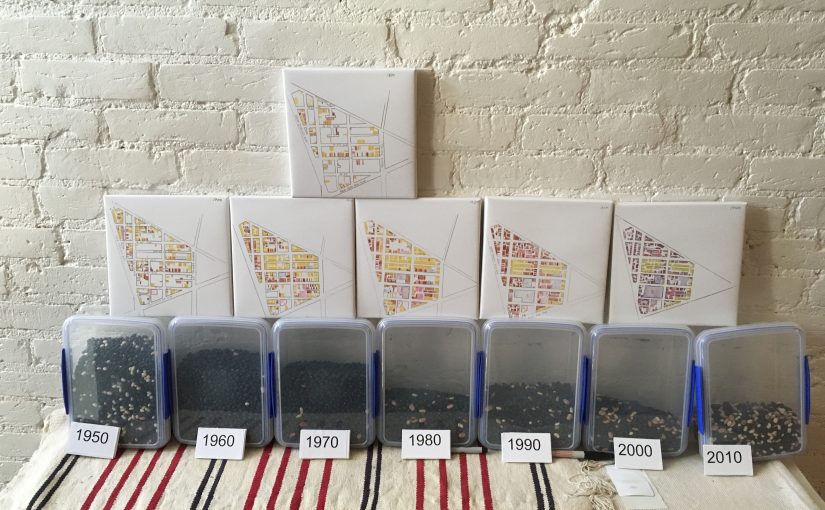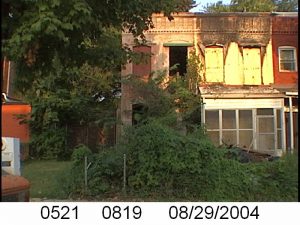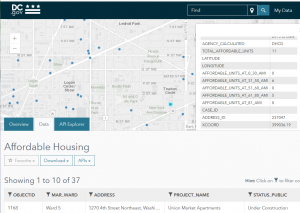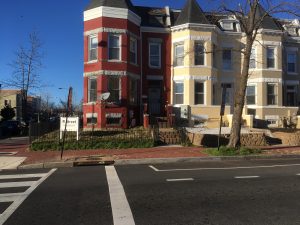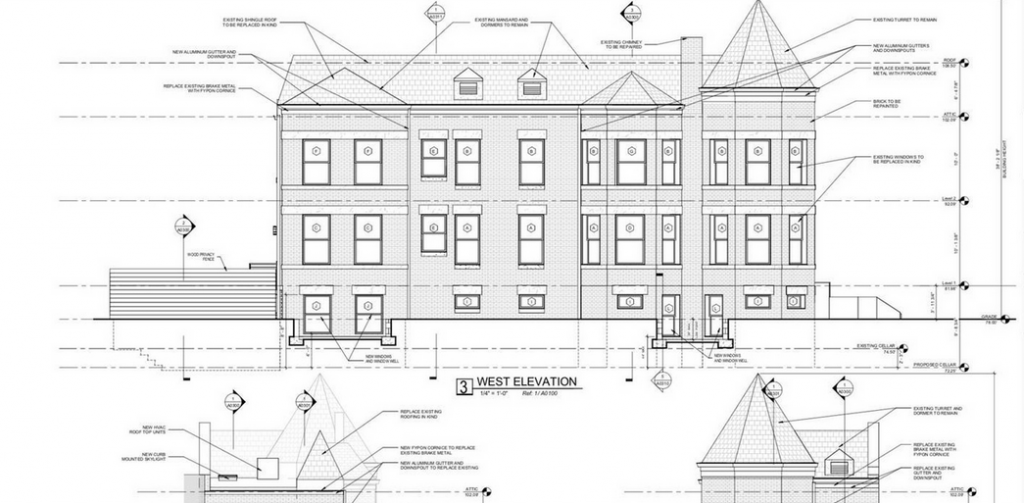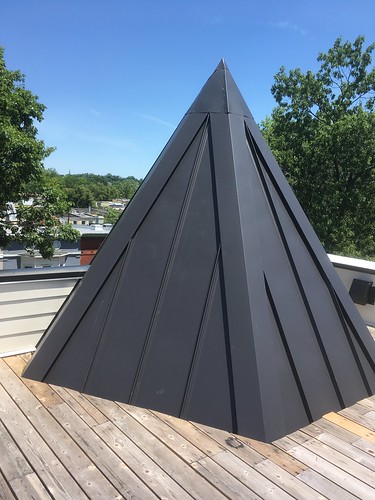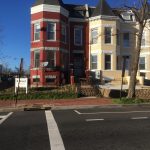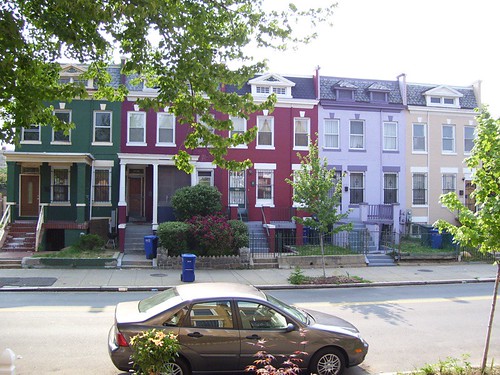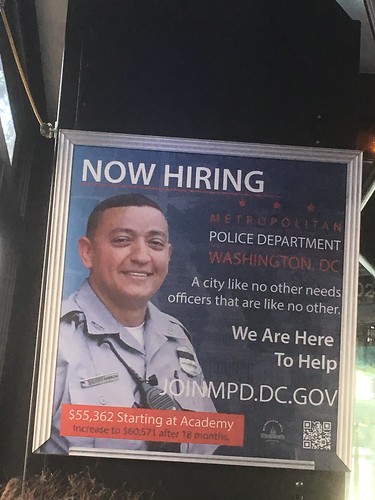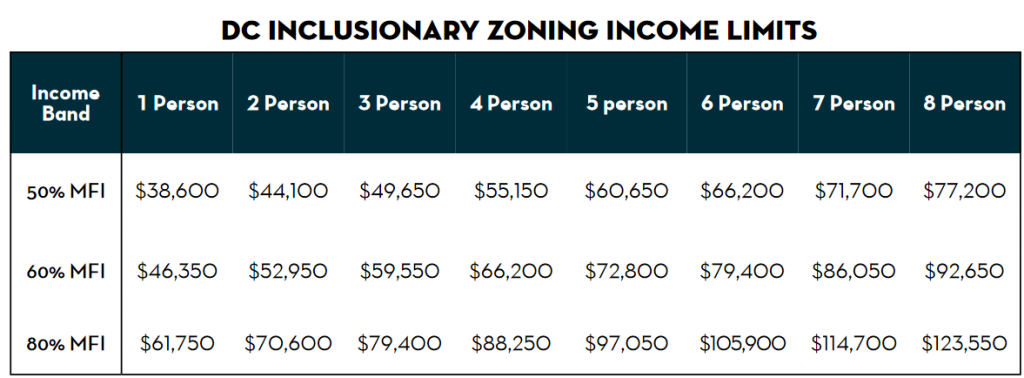So our longtime neighbors have moved and are selling their house. Since they bought the house they moved into (for more space w/ legit parking), they need to get their old one sold, pronto! So if you’re thinking about buying a house in the TC let me tell you about 1616 4th St NW by pointing out a few things. Also, there will be an artshow/ open house on Friday 12/6 at 5:30pm , where the current owner will be showcasing some of his art work.
Greenery in the city– The owners love growing things. They had plants inside and out. In the rear are several pine trees, that was so the owner could wake up and see green. In the front they grew tomatoes, eggplants, peppers, basil, and other edibles. They also have planted a Japanese maple, right now it isn’t looking too hot, but in the spring and fall it is lovely. Their small porch they had several small potted plants. There are exterior spigots in the front and back for easy watering.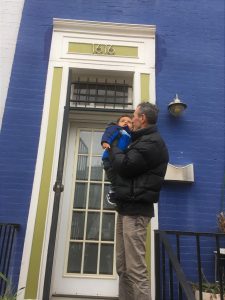
Kids on the Block– There are kids on the block including my own. A lot of the daycare and pre-school set, mainly boys. When they are seen (they aren’t out hanging about) they are with their mommies and daddies in a stroller. We are in the boundary of Seaton Elementary School (Pre-K 3- 5th grade) which scores highly on Great Schools. There are several Seaton families on 4th St. The Google group for parents is Bloomingdale Kids.
Awesome Commute?– Yes, depending on where you are going. On the other side of the block you can catch the G2 (LeDroit to Georgetown), and the 96 (Tenleytown). A block or two away are the 90, G8 and G9 bus stops. A 10 minute walk for me is the Shaw-Howard metro station. It is between the Q and R street bike lanes and there are two Capital Bikeshare stations within a block (or two). I haven’t had to wait more than 6-8 minutes for an Uber. If you must drive, the entrance to I-395 is a few blocks down New Jersey Avenue. So plenty of options.
Walkable neighborhood– The Walkscore is 95. We walk almost everywhere. The Giant is about a 10-15 minute walk if you don’t want to catch the G2. ANXO, is so close you could walk home drunk, but please drink responsibly. Truxton Inn is close too but that requires crossing Florida Ave, so you still need your wits about you.
Great block– The 1600 block of 4th St is the best. Our unofficial block captain Brian keeps the sidewalks clean, along with help from other neighbors. If you move here introduce yourself to the blond giant from Chicago and get on the no drama block email list. It is a quiet street, except when a firetruck is roaring down New Jersey, but eventually you kind of ignore that.
1616 4th Street NW– Built circa 1872-1875 housing black laborers, it is modern and renovated. It has a few flourishes from the previous occupants, notably the interior windows in the front bedroom that allow for light to go down into stairwell. It is listed by Keller Williams Capital.
Who can buy this– Okay, let’s just address an elephant in the room. Yes, $750K is a lot of money. But a shell, a cursed shell mind you, several doors down sold for $625K in November. Most likely buyers would be a DINK, double income, no kids (yet) with professional jobs who sold their condo. Other possible buyers could be single adults who are getting assistance from family (grandma’s will, parent’s co-buying, divorce settlement, etc). A developer could buy it since we aren’t in a historic district and try something, but FAR and a near neighbor’s solar panels might limit that. Families on public assistance aren’t potential buyers. Even with a 20% down payment a 30 year mortgage with great credit is over $3,000 a month (including taxes & insurance). That is above what the voucher program allows in this neighborhood even if it were to be rented.
If you think you are going to be around DC for a while, I would encourage you to buy a condo (although I, myself, despise condos) because maybe you can upgrade later in life when you’ve become more established in your career. You can use the sale of that condo, plus savings, and you have to have savings, to buy something like 1616 4th St NW in the future.

